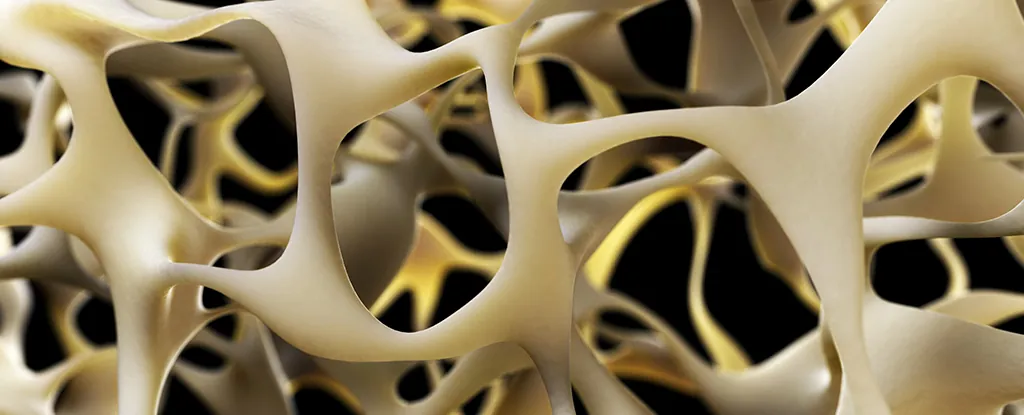
Game-Changing Discovery May Reverse Osteoporosis and Strengthen Bones!
2025-09-21
Author: Wei
Revolutionary Findings Uncovered!
A groundbreaking study has uncovered a potential game changer for those suffering from osteoporosis—a debilitating disease that weakens bones, impacting millions globally. Researchers from the University of Leipzig in Germany, in collaboration with Shandong University in China, have identified a pivotal mechanism responsible for bone strength.
Unlocking the Mystery of Bone Density!
The study centers around the cell receptor GPR133 (also known as ADGRD1), a key player in maintaining bone density through its role in bone-building cells called osteoblasts. Previously linked to variations in the GPR133 gene, the team shifted their focus to the protein this gene encodes.
Transformative Experiments with Mice!
In their experiments, researchers tested mice with and without the GPR133 gene, using a newly identified chemical, AP503, to activate this receptor. The results were astounding! Mice lacking the gene exhibited weakened bones mimicking osteoporosis. In stark contrast, activating GPR133 with AP503 significantly boosted bone strength and production.
A Powerful New Treatment on the Horizon!
Ines Liebscher, a biochemist at the University of Leipzig, stated, "With AP503, we observed a remarkable increase in bone strength among both healthy and osteoporotic mice." This substance acts like a biological switch, stimulating osteoblasts to bolster bone health. Moreover, the researchers discovered that combining AP503 with exercise amplified these positive effects.
Promising Implications for Human Health!
While these results derive from animal models, the underlying biological processes are likely applicable to humans. Liebscher notes that mice with genetic impairments related to GPR133 show early signs of bone density loss—paralleling osteoporosis in humans.
A New Hope for Menopausal Women!
Looking ahead, the research provides hope for innovative treatments that could not only fortify healthy bones but also restore strength to degraded bones, particularly in post-menopausal women suffering from osteoporosis. Given the numerous factors influencing bone health, this opens up a vast avenue for preventing osteoporosis and promoting better aging.
Join the Fight Against Osteoporosis!
Currently, treatments for osteoporosis are limited and often come with serious side effects. However, this newly revealed potential of the GPR133 receptor could herald a new dawn in osteoporosis treatment, sparking excitement among scientists and patients alike. Juliane Lehmann, a molecular biologist at the University of Leipzig, emphasizes, "This discovery showcases the immense potential of this receptor for medical applications, especially for an aging population."
Stay Tuned for More Updates!
As research continues, this exciting discovery promises not only to advance our understanding of bone health but also to bring forth new therapeutic strategies to combat osteoporosis and enhance the quality of life for millions.


 Brasil (PT)
Brasil (PT)
 Canada (EN)
Canada (EN)
 Chile (ES)
Chile (ES)
 Česko (CS)
Česko (CS)
 대한민국 (KO)
대한민국 (KO)
 España (ES)
España (ES)
 France (FR)
France (FR)
 Hong Kong (EN)
Hong Kong (EN)
 Italia (IT)
Italia (IT)
 日本 (JA)
日本 (JA)
 Magyarország (HU)
Magyarország (HU)
 Norge (NO)
Norge (NO)
 Polska (PL)
Polska (PL)
 Schweiz (DE)
Schweiz (DE)
 Singapore (EN)
Singapore (EN)
 Sverige (SV)
Sverige (SV)
 Suomi (FI)
Suomi (FI)
 Türkiye (TR)
Türkiye (TR)
 الإمارات العربية المتحدة (AR)
الإمارات العربية المتحدة (AR)